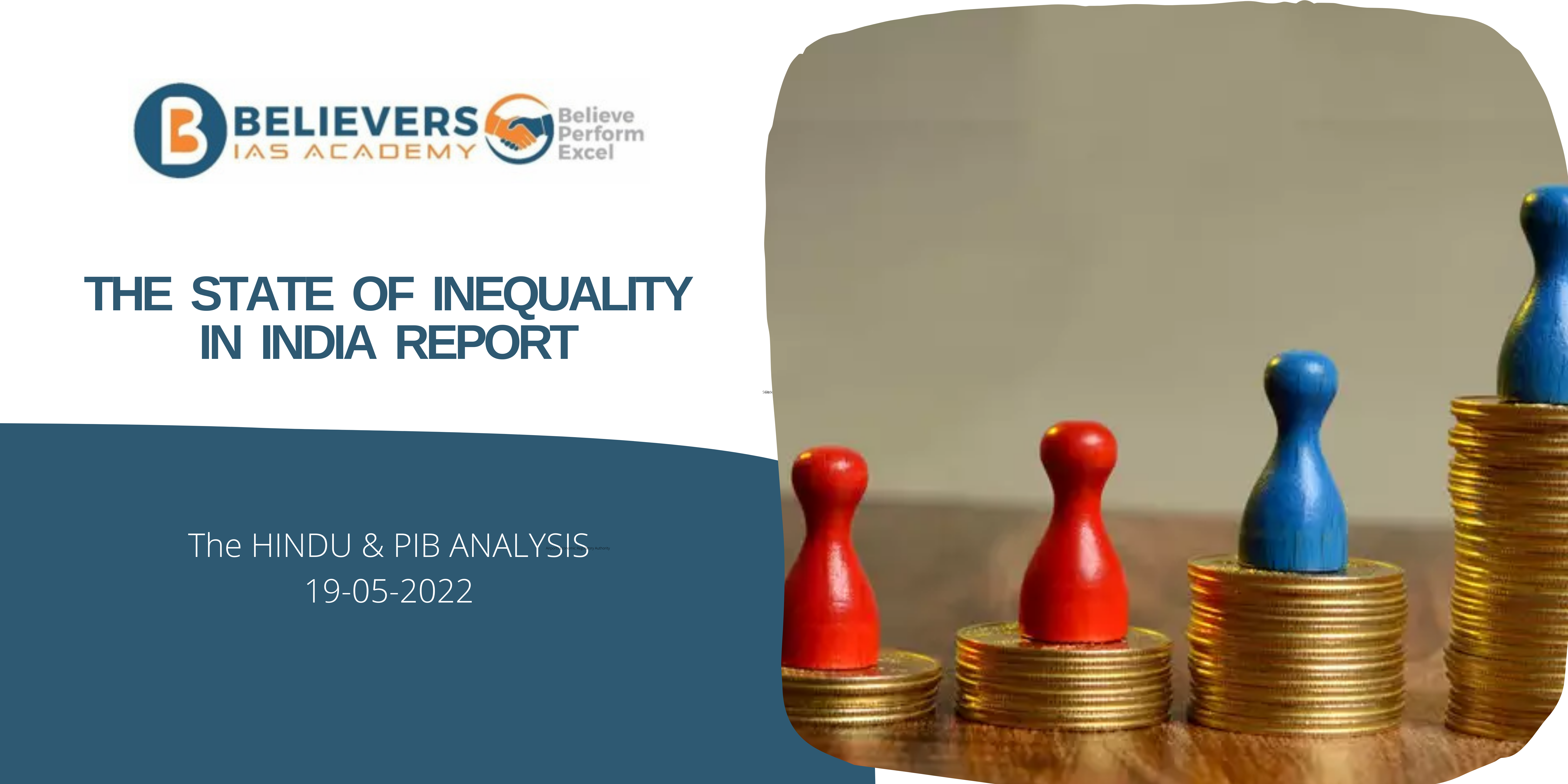Real GDP growth may hit 8% this fiscal year
Context:
The Finance Ministry suggests that India’s economy may grow by around 8% in the fiscal year 2023-24, surpassing the National Statistical Office’s (NSO) projection of 7.6% real GDP growth.
Relevance:
GS-03 (Economy)
Facts for prelims:
- GVA (Gross Value Added): GVA evaluates national income from the supply side, aggregating the value added across various sectors. It reflects the value of output minus intermediary inputs, shared among primary factors like labor and capital.
- Central Statistics Office (CSO), under the Ministry of Statistics and Program Implementation, is responsible for calculating the GDP of India.
Gross Domestic Product (GDP):
- GDP is a measure of the total monetary value of all final goods and services produced within a country during a specific period. These are goods and services purchased by the end user.
- Four Key Drivers of GDP Growth:
- Private Final Consumption Expenditure (PFCE): Money spent by individuals on personal consumption.
- Government Final Consumption Expenditure (GFCE): Government spending on current consumption, such as salaries.
- Gross Fixed Capital Expenditure: Investments made to enhance the productive capacity of the economy, including both private and government investments.
- Net Exports (NX): The difference between exports and imports, representing the net effect of international trade.
- Calculation of GDP: GDP is calculated as the sum of private consumption, gross investment, government investment, government spending, and net exports (exports minus imports).
There are two types of GDP-
- Real GDP
- Real GDP stands for Real Gross Domestic Product.
- Real GDP provides a more accurate measure of a nation’s economic output by factoring in the influence of inflation on the economy.
- Real GDP is measured with respect to a base year.
- As it is adjusted to inflation it is also known as inflation-corrected GDP or current price.
- Base year for calculating India’s Real GDP is 2011- 12. Earlier, it used to be 2004- 05.
- Nominal GDP
- Nominal GDP stands for Nominal Gross Domestic Product.
- Nominal GDP is calculated by using current market prices and does not consider inflation or deflation.
- From the government’s perspective, Nominal GDP is a more accurate reflection of economic growth as it affects the citizens directly.
- It provides a snapshot of the economy’s performance at the current market prices but does not show the effects of inflation or deflation on the economy.
- Comparing the nominal GDP of different countries is common, as it reflects the current market value of goods and services. However, it may not accurately compare economic performance, especially if inflation has changed significantly.
GDP Calculation Methods:
- Expenditure Method: This method adds up all expenditures on goods and services within an economy, including consumption (C), investment (I), government spending (G), and net exports (X-IM).
- GDP = C + I + G + (X-IM)
- Output Method: This method determines the market value of all products and services produced within a country, helping to adjust for price level changes.
- Income Method: This approach calculates the total income earned by factors of production such as wages, rent, interest, and profit, known as Gross Domestic Income (GDI).




